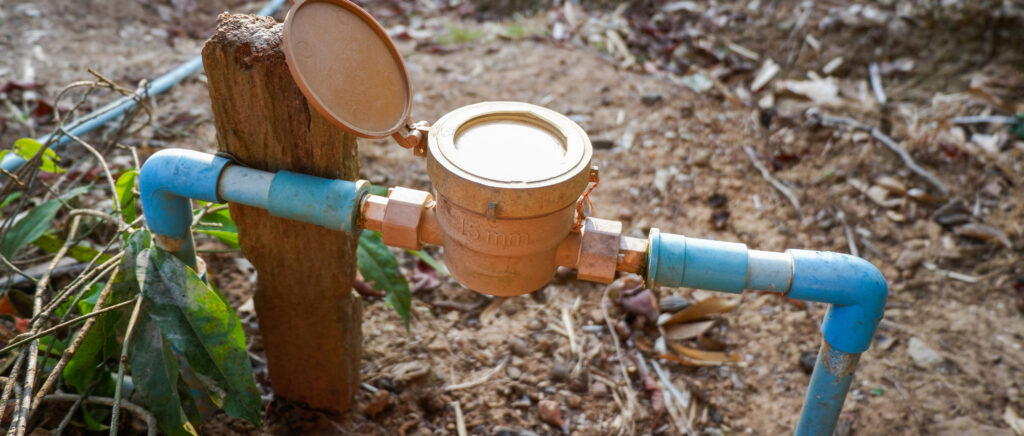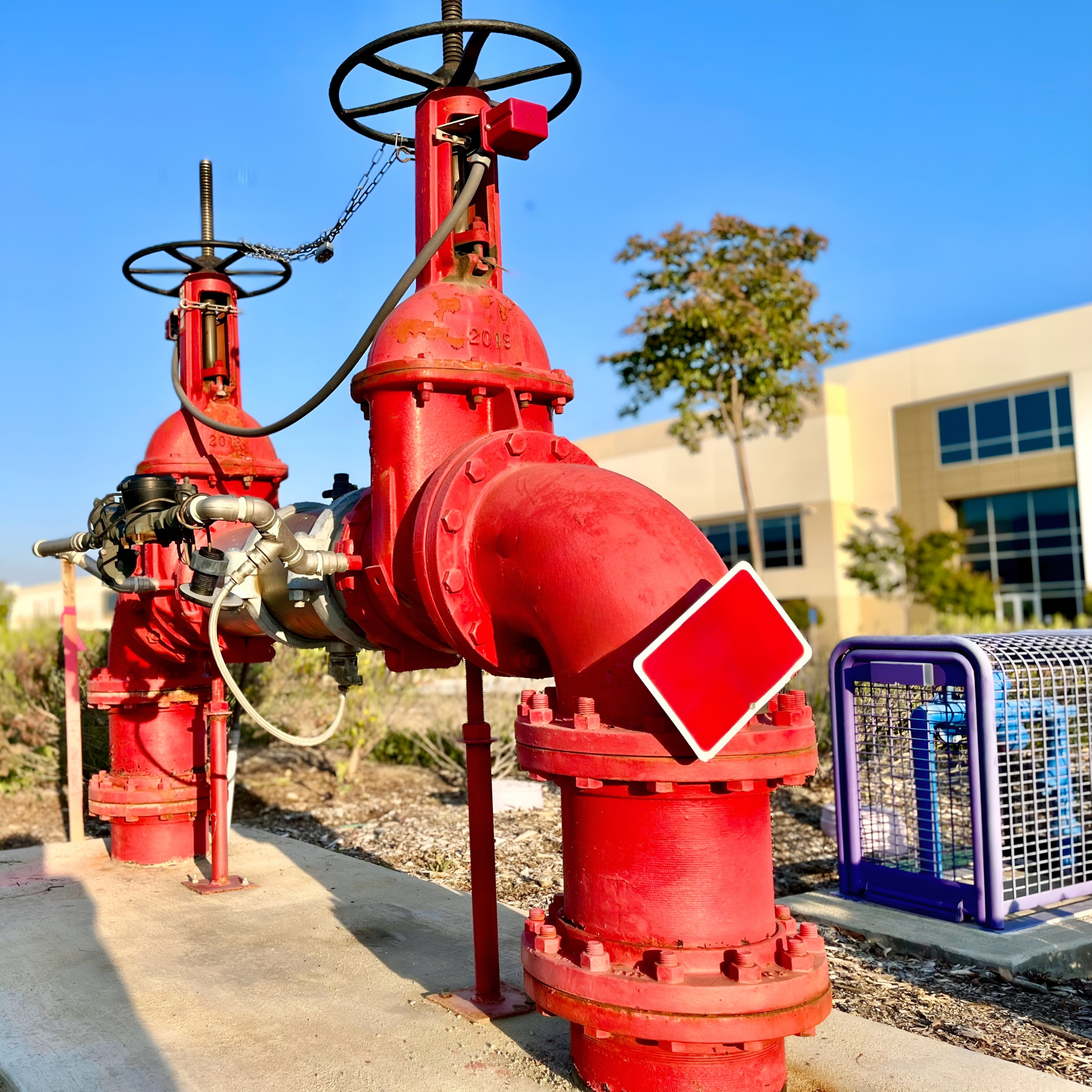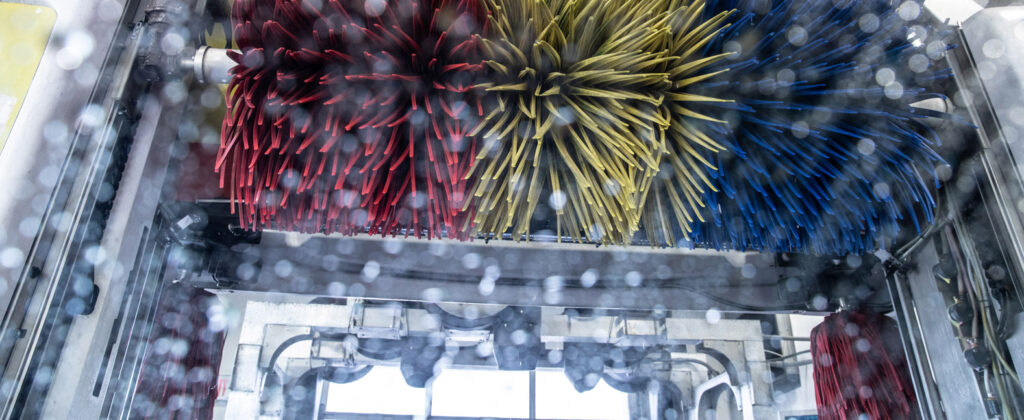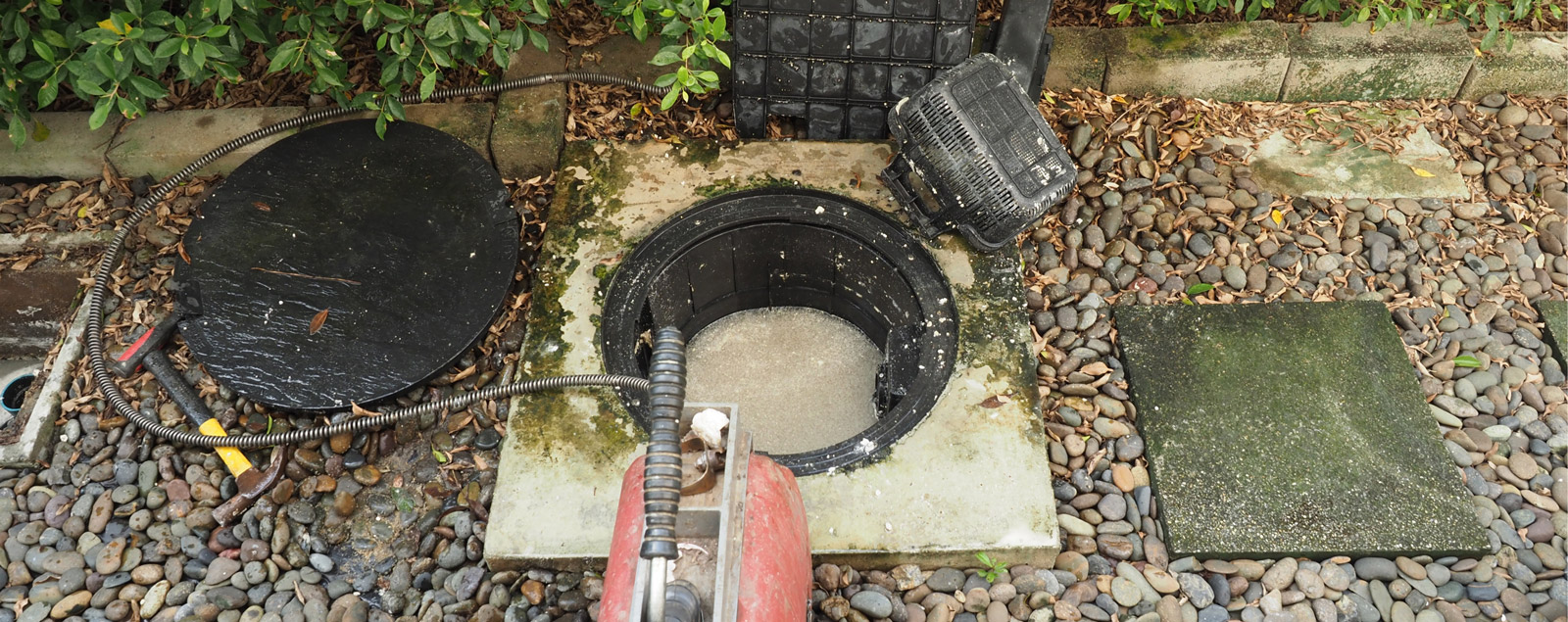Compliance Programs
Ensuring Safe and Reliable Albemarle Water Systems
Albemarle County Service Authority (ACSA) is dedicated to maintaining the highest standards for Albemarle water safety and compliance. Our comprehensive compliance programs cover essential services — from cross-connection and backflow prevention to regulated fire hydrant usage. We also enforce strict rules for car wash facilities and manage the Fats, Oils and Grease (FOG) Program to protect the sewer system. Explore how ACSA’s compliance efforts safeguard Albemarle County water infrastructure and maintain reliable service.

Cross Connection & Backflow Prevention
ACSA promotes and enforces backflow prevention to reduce health risks caused by cross-connections. The goal of our Backflow Prevention Program is to educate the public on the importance of maintaining backflow preventers, eliminating cross connections and preventing backflow incidents through inspections and regulations.

Hydrant Meter Program
ACSA provides the opportunity for contractors, water-haulers and certain others in the community to use our fire hydrants on a temporary basis upon written authorization. ACSA will designate specific fire hydrants for use and establish conditions under which such use will be permitted. All non-fire related uses of fire hydrants shall be through the use of a fire hydrant meter assembly. All water acquired through a fire hydrant meter is charged at twice the current non-residential and multi-family residential rate.

Car Wash Certification Program
In order to achieve certification, each car wash facility must meet certain criteria, particularly in regards to the maximum amount of potable water used for each type of wash offered. For the facilities served by ACSA, certification is also a requirement to remain in operation during any future drought restrictions.
The complete detail of the program can be found in Section 18 of our Rules and Regulations.
Current Certified Car Washes
- Clean Machine – 101 Riverbend Drive
- Clean Machine – 1099 E. Rio Road
- Speedy Wash – 2235 Seminole Lane
- Jiffy Clean Car Wash – 2088 Berkmar Drive

Fats, Oils & Grease Program
Food service and other establishments are required to have a Fats, Oils and Grease (FOG) collection system. This system reduces the amount of FOG that enters our sewer system, solidifying and causing clogs, backups and other major issues. ACSA’s FOG Program educates the public about the harm FOG causes while also ensuring that collection devices are installed, inspected and maintained regularly.
It may be surprising that grease accumulations in the sewers of residential neighborhoods can be just as significant as in the commercial regions. Since there are no devices in the homes and apartments to capture FOG, the best prevention is to keep this material from ever entering the drains. You can reduce or eliminate this problem with a few basic changes in your daily activities. If you are an ACSA water customer with a septic system for wastewater disposal, you will also benefit from keeping excessive oil and grease out of your system.
Easements
ACSA is responsible for the existing and future public water and sanitary sewer infrastructure and appurtenances located throughout our jurisdictional area. This includes the general maintenance, upgrades and new construction as the need arises. To accomplish new construction on private property, it is necessary to acquire right-of-way easements to allow installation of utilities and to guarantee access for future maintenance. Our goal is to ensure that an easement is obtained in the most fair and economical means without adversely impacting the property.
An easement only grants restricted use of the property as detailed in the deed of easement and plat, and is not a transfer in real estate ownership. For this reason, easements are usually obtained through donations or negotiations. There are two types of easements commonly employed in the construction of public water and sewer utility projects. The first is a permanent easement that grants perpetual rights to access, install, operate, repair, replace and maintain specified utility pipelines or facilities. The second is a temporary easement that conveys temporary access and construction rights that terminate upon the completion of the construction of the project.
Utility Easement Guidelines
Do
- Keep all hydrants, water meters and sanitary sewer manholes clear from all obstructions including mulch, shrubbery, leaves and permanent structures.
- Understand that should ACSA need to remove shrubbery or flowers contained within our easement, we will not be responsible for them or their replacement.
Don't
- Pile snow on top of or against a fire hydrant, water meter or sanitary sewer manhole.
- Obstruct the view of a fire hydrant. The Fire Department needs to easily identify fire hydrant locations in an emergency situation.
Excerpt from Our General Construction Specifications
“Easements shall be required for all water lines, sewer lines, and appurtenances that are not installed within a public right-of-way of VDOT. Easements will be a minimum of twenty (20) feet in width, centered on the utility line. Wider easements will be required based on the depth and size of the utility as shown in the table below.

If the utility is placed in a VDOT right-of-way but is closer than ½ the required easement width to the edge of the right-of-way, an ACSA easement shall be provided abutting the right-of-way so that ACSA has the equivalent of the full width easement. For example, if a waterline that requires a twenty (20) foot wide easement is installed seven (7) feet from the edge of the right-of-way but inside the right-of-way, then a three (3) foot wide easement abutting the right-of-way would be required.
The ACSA reserves the right to require additional easement width if construction or maintenance activities require it. The ACSA also reserves the right to require access easements where appropriate. All easements shall have the right of ingress and egress fully provided for in the recorded document. Where deemed necessary by the ACSA, easements shall extend to adjacent property for orderly extensions of service. Easements shall be corrected to reflect the as-built conditions and shall be recorded prior to Initial Acceptance being granted.
All appurtenances (blow-off, hydrants, etc.) shall be provided with an easement twenty (20) feet in width centered on the interconnecting piping and shall extend ten (10) feet beyond the center of the appurtenance.
No buildings or permanent structures shall be constructed within ACSA easements. No trees, shrubs, structures, fences, or obstacles shall be placed within an easement. Any person who constructs a structure within the utility easement shall be liable for the cost of removal and any damage to the ACSA infrastructure.”
